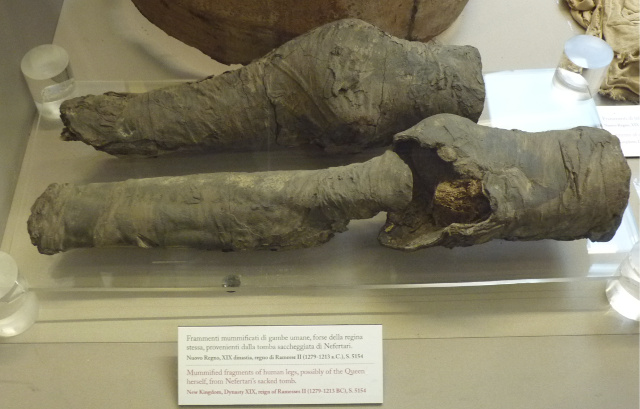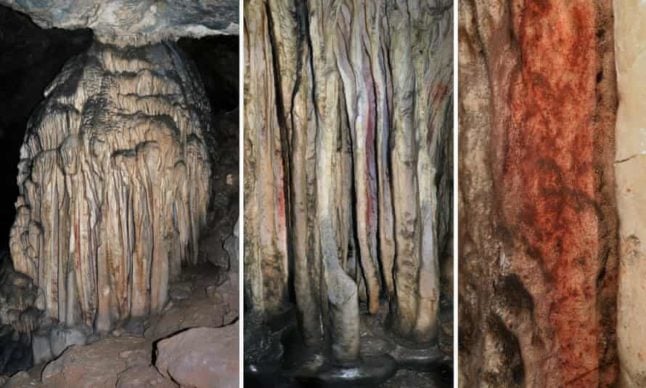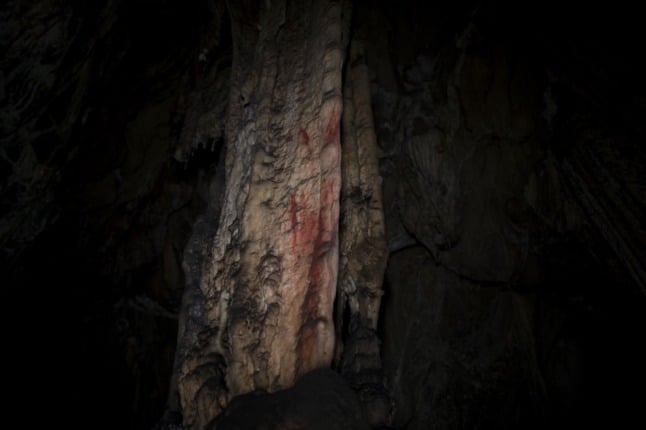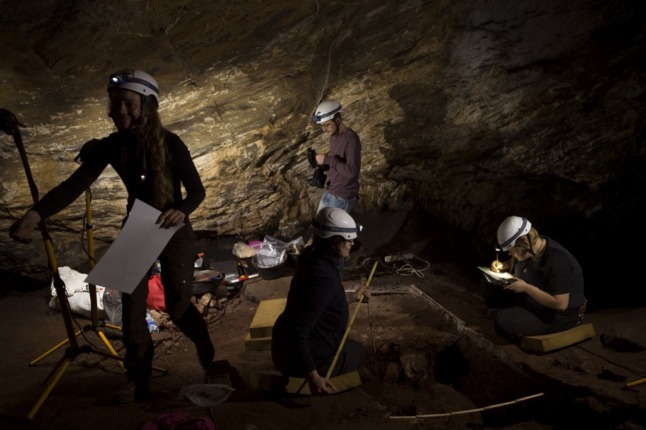The legs had been kept in the museum for decades after being found in Nefertari's tomb – but this study is the first to scientifically assess whether they actually belonged to the ancient queen.
Nefertari's tomb in Egypt's Valley of the Queens was discovered in 1904 by Italian Egyptologist Ernesto Schiaparelli, who sent some of the remains he found there to the Turin museum.
But until now, the study published in Plos One explained, there had been plenty of grounds for skepticism as to the authenticity of the legs. The tomb had been plundered, and one hypothesis was that the bones found by Schiaparelli had been washed in from a 17th or 18th century, after the tomb had been opened.
An international team of archaeologists carried out a series of tests on the remains, using carbon dating, DNA analysis and chemical analysis to prove that the legs belonged to a woman of around Nefertari's age.
What's more, the materials which had been used to embalm the legs were consistent with 13th-century BC mummification techniques – the era when Nefertari lived. A pair of ornately decorated sandals found in the tomb are consistent with the size of the legs, suggesting that both belonged to a person of importance.
“No absolute certainty exists,” the archaeologists said, but they added that the theory that the legs were Nefertari''s “seems to be the most credible and realistic, and is coherent with the findings of the excavators and with the inscriptions found on the funerary objects.”
The team of researchers was led by the UK's University of York, and included one Italian, Raffaella Bianucci of the University of Turin.
Nefertari was the favourite wife of Pharaoh Ramesses II and one of the most famous Egyptian queens alongside Cleopatra and Nefertiti. Her name means 'beautiful companion'.
The legs, along with other objects from the tomb, are on display at the Egyptian Museum.





 Please whitelist us to continue reading.
Please whitelist us to continue reading.
Member comments